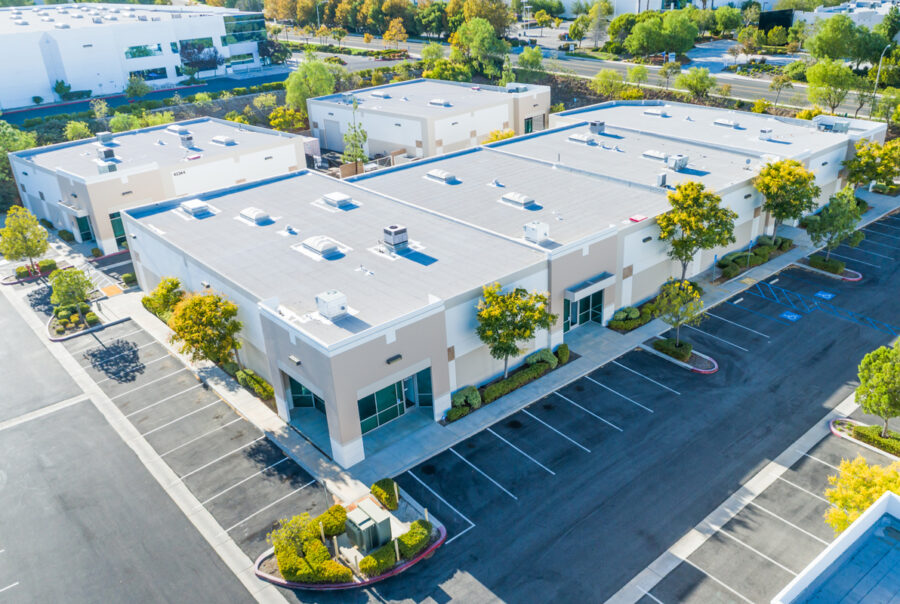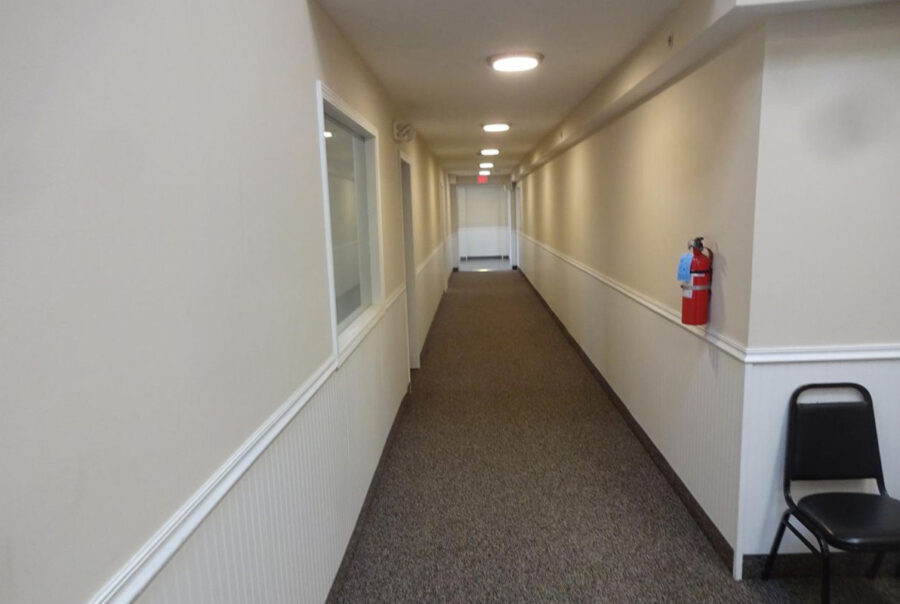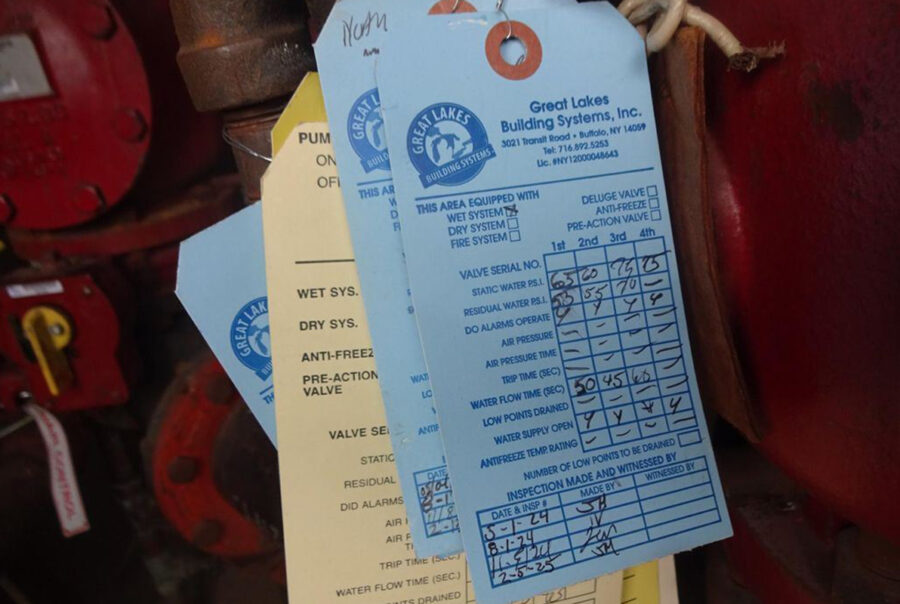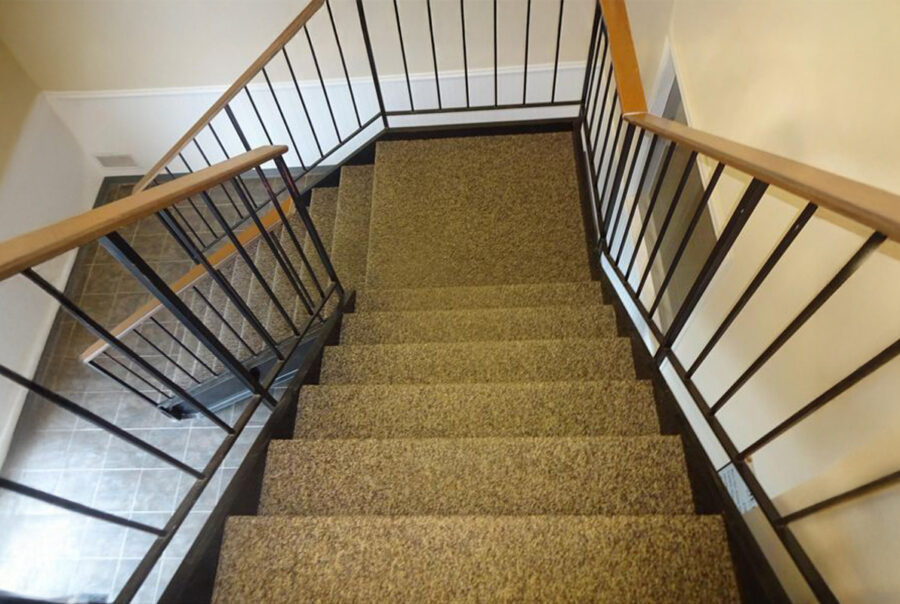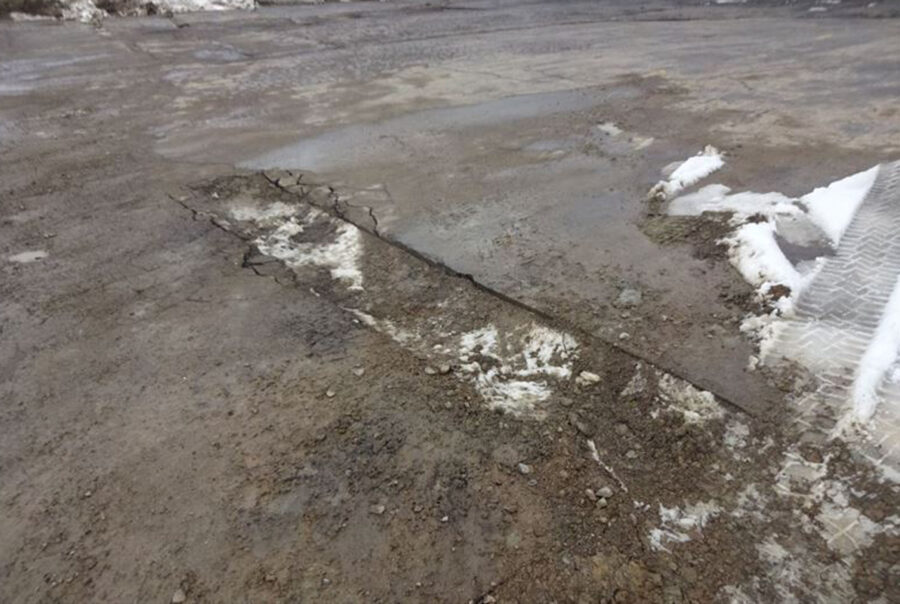Lessors Risk
This playbook is your go-to resource for understanding the coverage needs of commercial property owners — from day-to-day tenant operations to protections for leased spaces, shared areas, and landlord responsibilities.
The following playbook is intended to provide guidance on Merchants’ appetite and most desired risk characteristics. Your Merchants team is available to speak about the entirety of a risk that may have characteristics not exactly fitting our desirability.
We also encourage you to refer to Merchants Appetite Guide under the Resources/Tools menu of the Commercial Gateway in Merchants agent portal website for class-specific eligibility.
Description of Operations
Office buildings lease commercial space to various tenants, including professional service providers, medical providers, and sales offices. The area may be open or divided into smaller rooms. Meeting space, storage areas for supplies, and a break room with a refrigerator and microwave oven may be included in the office space. The leases can be offered on a short-term basis or extend through a number of years.
Merchants Appetite
The following risk characteristics are intended to provide guidance on Merchants’ appetite. Your Merchants team is available to speak about the entirety of a risk that may have characteristics not exactly fitting our desirability. Refer to Merchants Appetite Guide under the Resources/Tools menu of the Commercial Gateway on merchantsgroup.com for class-specific eligibility.
Desirable Risks
- Owners of commercial buildings occupied by offices, retail, service and wholesale businesses where the owner occupies less than 25% of the building.
- All tenants sign a lease agreement requiring Additional Insured status with Hold Harmless Agreement. Tenants maintain separate insurance.
- Building maintenance contractors name the owner as Additional Insured with a Hold Harmless Agreement.
- Less than 50% habitational occupancy.
- At least 70% of the building should be occupied by BOP eligible operations.
Ineligible
- Building with the following occupancy types: Industrial, Institutional, Manufacturing, Marijuana-related
- Shopping Malls
Exposures
Understand the key risks property owners face — and how tenant operations, building systems, and occupancy details can impact insurance coverage, potential claims, and ongoing maintenance needs.
Automobile Exposure
Automobile exposure is generally limited to hired and nonownership for employees running errands. If there are owned vehicles, such as those used for servicing, any driver must have a valid driver’s license and acceptable MVR. Vehicles must be maintained and records kept in a central location.
Crime Exposure
Crime exposure is from employee dishonesty and money and securities. Background checks should be conducted on all employees. Rents are generally due on the first of each month. Receipts must be provided for all payments, and reconciliation between receipts and money received. Deposits should be made promptly with appropriate security provided. There must be a separation of duties between persons handling deposits and disbursements and reconciling bank statements. Access to units must be limited to those authorized to do so, and access to master keys must be strictly controlled. Units should be rekeyed when there is a change in tenant.
Inland Marine Exposure
Inland marine exposures are from accounts receivables for rents due, computers, and valuable papers and records for leases, mortgages, and tenants’ information. Duplicates of all data must be kept off premises for easy replication in the event of a loss. Contractors’ equipment may be needed if employees maintain the yard and buildings. Some building owners may display fine arts in the common areas.
Premises Liability Exposure
Premises liability exposure can be high due to the number of tenants and visitors to the property. All buildings should meet life safety codes and comply with regulations on smoke and fire detection and fire extinguishers. All premises must be well maintained with aisles free of debris, flooring in good condition, no frayed or worn spots on carpet, and no cracks or holes in flooring to prevent slips, trips, and falls. The number of exits must be sufficient and well marked, with backup lighting in case of power failure. Steps should have handrails, be well lighted, marked, and in good repair. Parking lots and sidewalks need to be in good repair, with snow and ice removed, and generally level and free of exposure to slips and falls. Security of tenants and visitors, both inside the building and in parking areas, is rapidly becoming the responsibility of the owner or operator of the premises. There should be a maintenance activity log to document the owner’s response to tenants’ needs. Personal injury losses may include allegations of assault, discrimination, invasion of privacy, and wrongful eviction. There should be clear guidelines for tenant acceptability.
Property Exposure
Property exposure is limited. Ignition sources include electrical wiring, heating, and air conditioning systems. Some tenants may have small kitchenettes with a refrigerator and microwave oven for use by their employees. The owner should be aware of the electrical demands of tenants to ensure that there is adequate wiring in place. All wiring should be up to code. Each unit may have a separate heating system, or there may be a boiler that provides heat to all units. All systems must be properly maintained on an ongoing basis. There should be hard-wired smoke/fire alarms in all units and common areas. If alarms are battery-powered, there must be documented records of periodic maintenance. Upgrades should be handled with appropriate permits. If the building has any unique architecture or design, valuation may be a concern due to the cost of restoration after a loss. Business interruption exposure is moderate as tenants may be unable to access the building after a loss.
Workers Compensation Exposure
Workers compensation exposure are normally service, janitorial, or maintenance-related. Back pain, hernias, sprains, and strains from lifting and working from awkward positions are common. Potential injuries from working on computers include eyestrain, neck strain, carpal tunnel syndrome, and similar cumulative trauma injuries that can be addressed through ergonomically designed workstations. Skin and lung irritation can result from working with cleaning chemicals and paint. Personal contact with clients may involve situations that could produce injuries, such as assault. Employees should be trained in dealing with difficult situations.
Risk-Smart Property Owners
Click each photo to see what makes it best-in-class — and how these features help minimize risk and reduce exposures in leased commercial buildings.
Red Flags in the Field
Click each photo to learn what’s not-so-great — and how these conditions can increase risk, raise exposures, or lead to costly claims in tenant-occupied properties.
Automatic Coverages
These built-in coverages come standard with our Lessors Risk policies, offering added protection for building systems, shared spaces, loss of rental income, and more — all at no additional cost.
Accounts Receivable
Coverage for accounts receivable is provided at a limit of $25,000 on premises and $10,000 off premises. The on premises limit may be increased. This coverage is subject to the property deductible in the policy. This coverage protects against loss resulting from an inability to collect accounts receivable due to loss, damage, or destruction of books or records of accounts. The on premises limit may be increased.
Additional Insured by Contract, Agreement or Permit
Provides coverage to any person or organization when the named insured has agreed in a contract or agreement to name that person or organization as an insured on their policy. Automatically included on a blanket basis. Various other optional additional insured endorsements are available on a scheduled or blanket basis.
Annual Aggregate Limit Per Location
This policy conditions amends the General Aggregate Limit to apply separately to each location owned by or rented to the insured.
Damage to Premises Rented to You (Fire Legal Liability)
Business Liability coverage for damage because of property damage to a premises while rented to the insured or temporarily occupied by the insured with permission of the owner is provided at a limit of $300,000 unless a higher limit of insurance is shown in the policy declarations.
Debris Removal
Coverage applies for expense to remove debris of covered property and other debris that is on the described premises, when such debris is caused by or results from a covered cause of loss that occurs during the policy period. The expenses are only paid if they are reported within 180 days of the loss or damage. The coverage limit is 25% of the direct physical loss plus $25,000.
Employee Dishonesty
Coverage is included for loss or damage to Business Personal Property and Money and Securities resulting from dishonest acts committed by any of the insured’s employee. Coverage limit is $25,000 subject to a $250 deductible. Higher limits may be purchased.
Forgery or Alteration
$10,000 Provides coverage when someone other than the employee or owner forges a signature on a check or other monetary instrument in order to obtain money that belongs to the insured. Forgery by an employee is covered in the Employee Dishonesty coverage. Higher limits are available.
Identity Recovery
In the event of a covered identify theft, coverage for case management service and expense reimbursement up to an annual aggregate limit of $15,000 is provided. The identity theft must involve a insured under the policy, must be first discovered during the policy period and must be reported within 60 days after it is first discovered.
Lock & Key Replacement
Coverage applies for the cost to repair or replace locks or keys at the described premises due to theft of keys from your premises. The limit for this coverage is $500 subject to a per occurrence deductible of $50.A limit of $500 applies to customers keys.
Newly Acquired or Constructed Property
If the policy covers a building, that coverage can be extended to apply to new buildings while being built on the described premises and buildings the insured acquires at a premises other than the described premises that are intended for a similar use as the building described in the policy or to be used as a warehouse. If the policy covers business personal property that coverage may be extended to such property the insured acquires at any location acquired or at a newly constructed building. This extension does not apply to personal property temporarily acquired in the course of installing or performing work on such property. Limit provided is $500,000 for building and $250,000 for business personal property.
Pollutant Clean Up and Removal
Coverage is provided to pay the insured’s expense to extract pollutants from land or water at the described premises if the discharge, dispersal, seepage, migration, release or escape of the pollutants is caused by or results from a Covered Cause of Loss that occurs during the policy period. The expenses will only be paid if they are reported in writing within 180 days from the date on which the loss occurs. The most that will be paid is $25,000 for all expenses arising out of a loss occurring during each separate 12 month period of the policy.
Utility Service - Direct Damage & Time Element
Coverage is provided for loss or damage to covered property caused by the interruption of service to the described premises. The interruption of utility services must result from direct physical loss or damage by a covered cause of loss to the insured property. Utility services include water supply, communication supply and power supply. The limit for direct damage is $25,000 and $25,000 for loss of business income or extra expense. Higher limits are available.
Valuable Papers
Coverage applies to direct physical loss o damage to valuable papers and records owned by the insured or that are in the insured’s care, custody or control caused by or resulting from a covered cause of loss. This coverage includes the cost to research, replace or restore the lost information on valuable papers and records for which duplicates do not exist. The limit for this coverage is $25,000 on premises and $10,000 off premises. The on premises limit may be increased.
Voluntary Property Damage
Voluntary Property Damage coverage is provided for unintentional property damage to the property of others caused by the insured or while the property is in the insured’s possession and the damage is arising out of the operations described in the policy. The coverage limit is $5,000 per occurrence/$25,000 aggregate with a $500 per claim deductible.
Water Back-Up and Sump Overflow
Coverage is provided for direct damage or loss to covered property caused by or resulting from water which backs up through or overflows from a sump, sump pump or related equipment. The cost of repairing or replacing the sump pump or its related equipment is not covered if the loss is caused by a mechanical breakdown. Coverage does not apply if the insured fails to keep a sump pump in proper working condition or fails to perform routine maintenance or repair necessary to keep a sewer or drain free of obstructions or the sump pump failure is caused by or results from failure of power unless the policy is amended to cover power failure. A limit of $25,000 applies.
Helpful Resources
Navigate to “Merchants On-Demand” from the homepage of your Merchants agent portal website to access flyers for your reference, as well as flyers you can distribute to clients.

